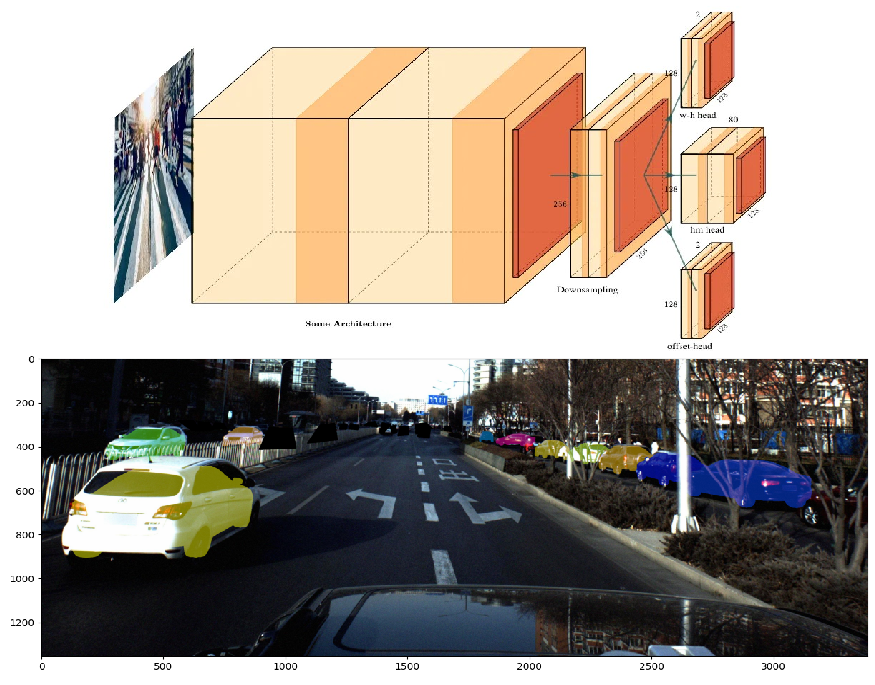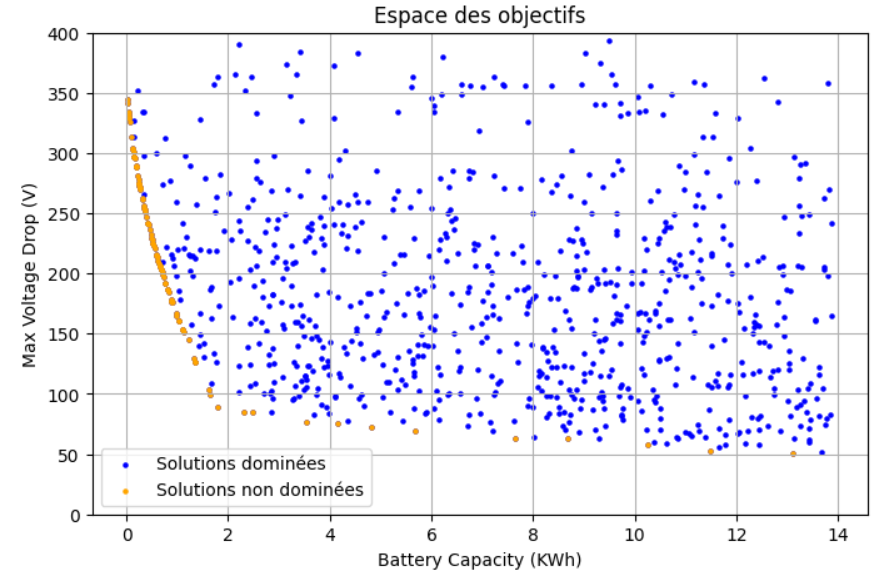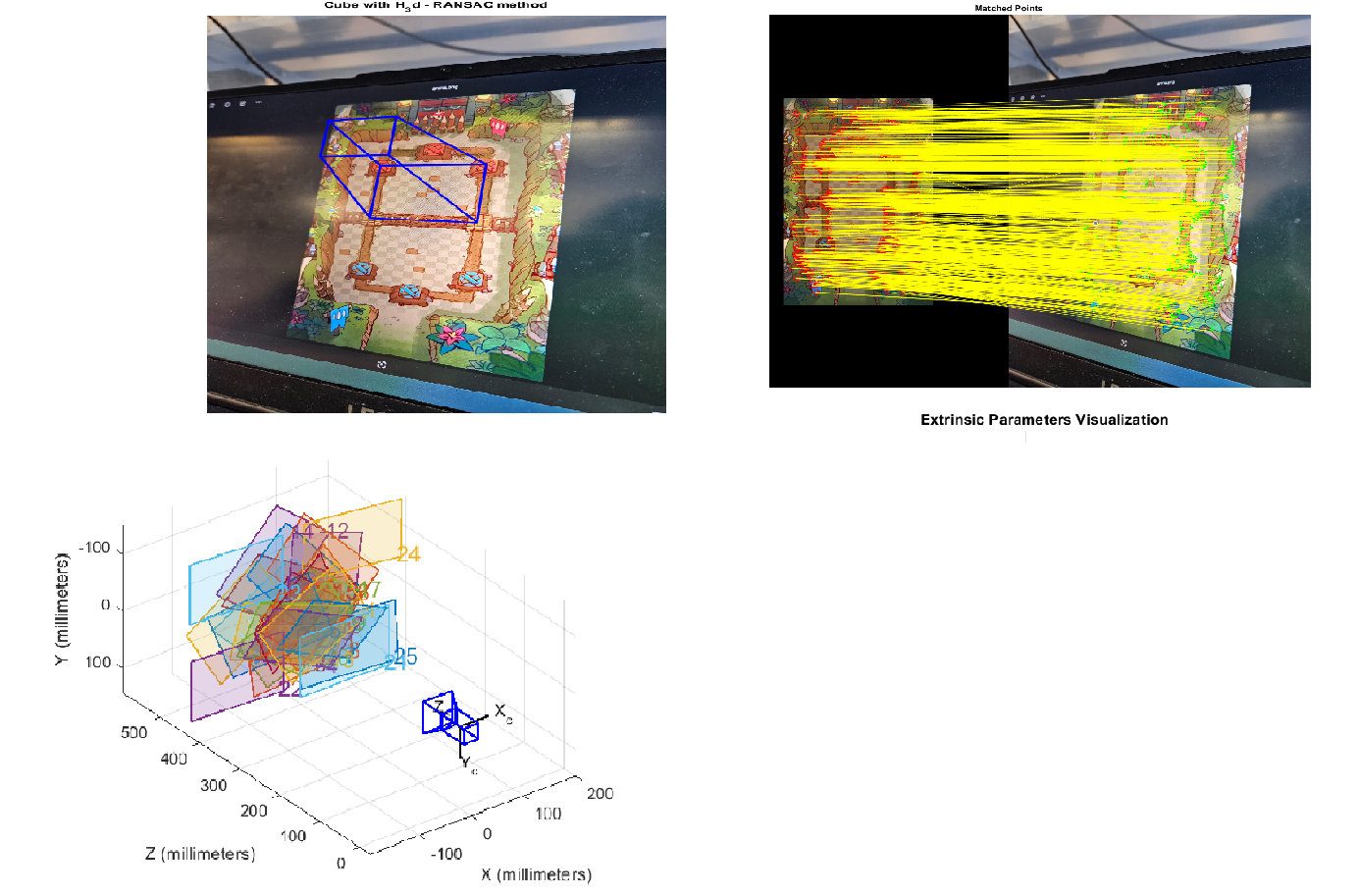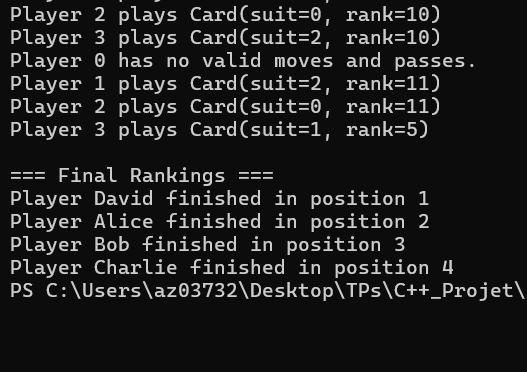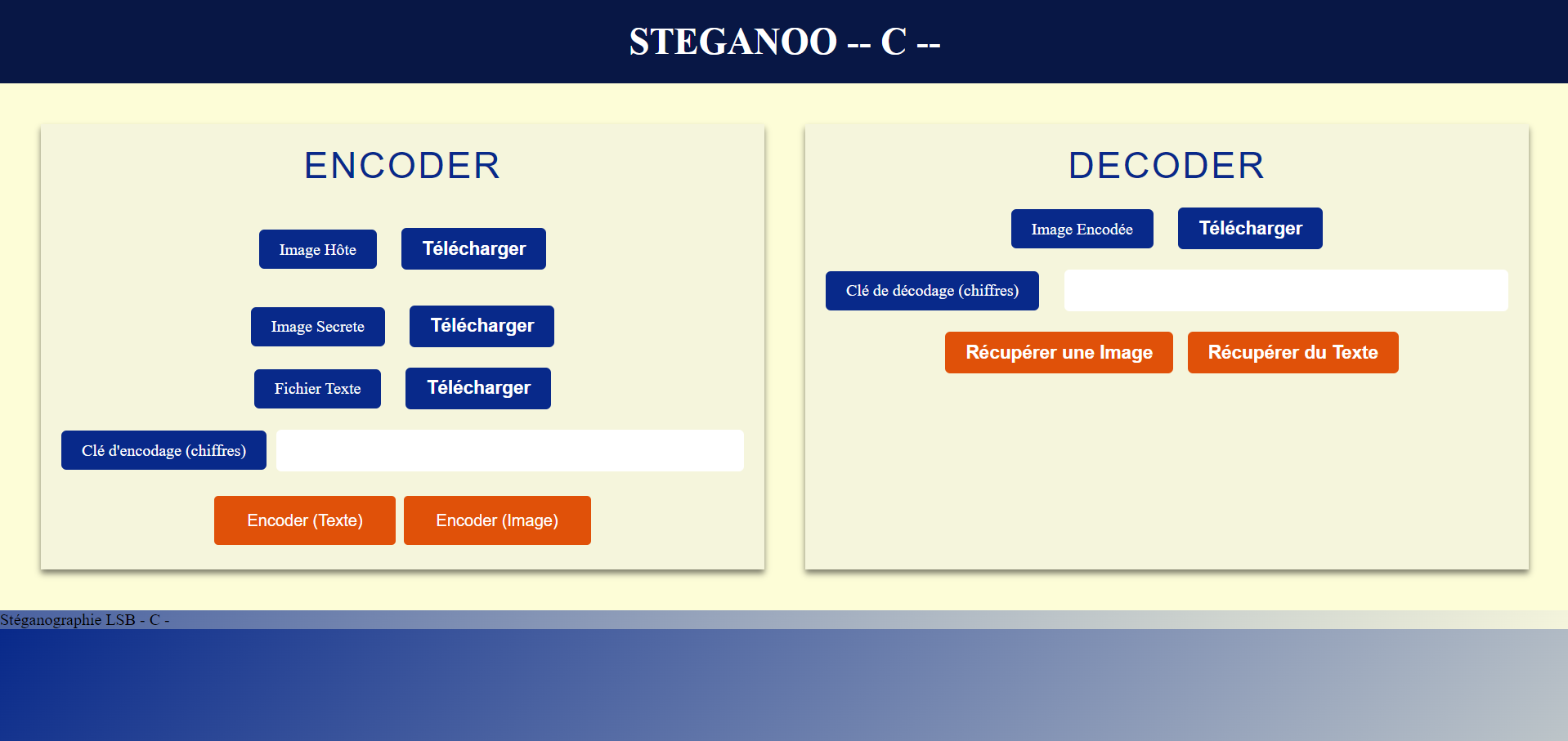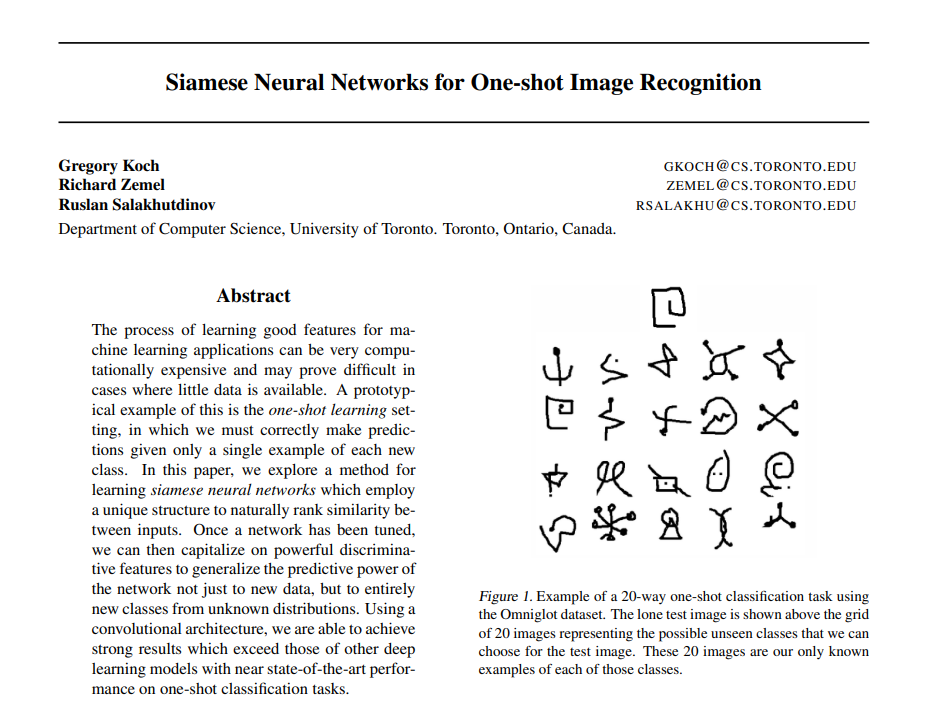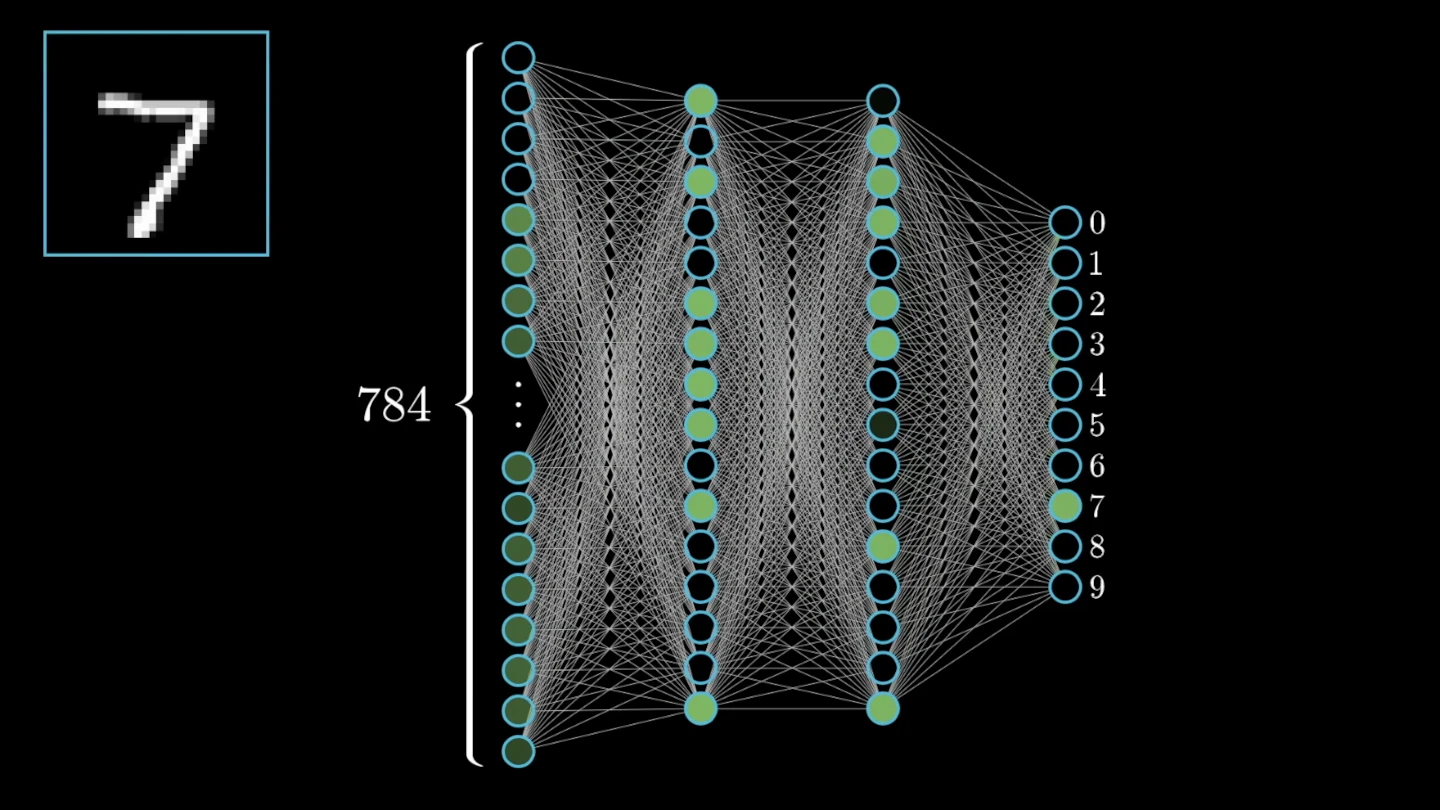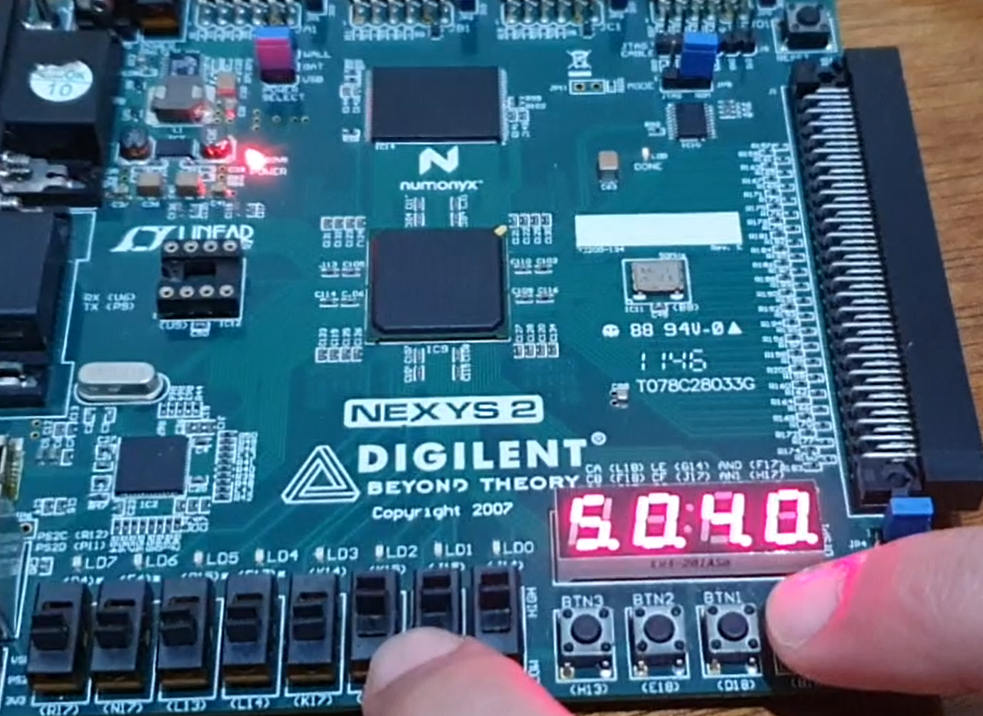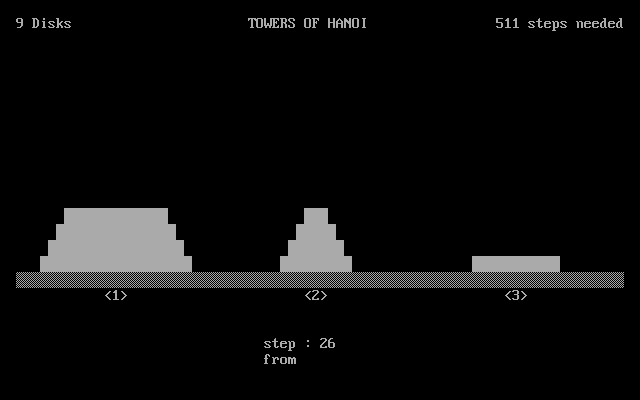Developed a deep learning pipeline for 6-DOF vehicle pose estimation in autonomous driving scenarios. The system uses a hourglass CenterNet architecture with perspective transform for efficiency and extensive data augmentation. The model performs regression of yaw, pitch, roll, and position coordinates, achieving high accuracy through advanced test-time augmentation and post-processing techniques.
and previously at l'Ecole Nationale Polytechnique d'Alger and then Paris-Saclay University
Hi! My name is Benali Lounes, I'm 22 and I try to touch every thing between Computer Science, Engineering and Physics.
I like mixing science and math with programming and l’m always looking for new concepts to discover.
Since a year and half ago I am fully focused on Artificial Intelligence, trying to understand the way it works.
In 2020, after getting my baccalureat in mathematics with honors,
I begun a 2 years Preparatory Classes in Science and Technology in Algeirs, Algeria.
It was a 4 semesters intensive program preparing for the national competitive exam granting entry to nationwide
top engineering schools.
In 2022, I ranked top 2% in the national competitive examination granting admission at the Electronics Departement
of l'École Polytechnique d'Alger
which is a Top Engineering School in Algeria.
Through my academic route I touched a none negligeable amount of knowledge from pure Physics and Mathematics to diverse
applications in Engineering: Digital Signal Processing, Digital electronics (VHDL, FPGA), operating system, C/C++,
image processing using Python, Analog electronics, Information theory, Calculus, Algebra, Statistics, Probabilities,
Numerical Analysis, Vibrations & Waves, Fluid Mechanics, Thermodynamics, Algorithms and Data Structures, Relationnal Data Base, ...
Fast forward to 2023, I decided to embark on a new chapter by moving to France. I earned admission to
l'Université Paris-Saclay
marking the beginning of an new phase !
Besides all this, It is important to emphasize on the autodidact's part of my personality.
Last Update: Since September 2024, I have been in my first year of a master's degree in Intelligent Systems Engineering at Sorbonne University. At the same time, I am working as a Deep Learning apprentice at AMPERE SWT, the software division of the French car company Renault Group. As part of an R&D team, I am working on a wide variety of projects, and I am loving the experience !
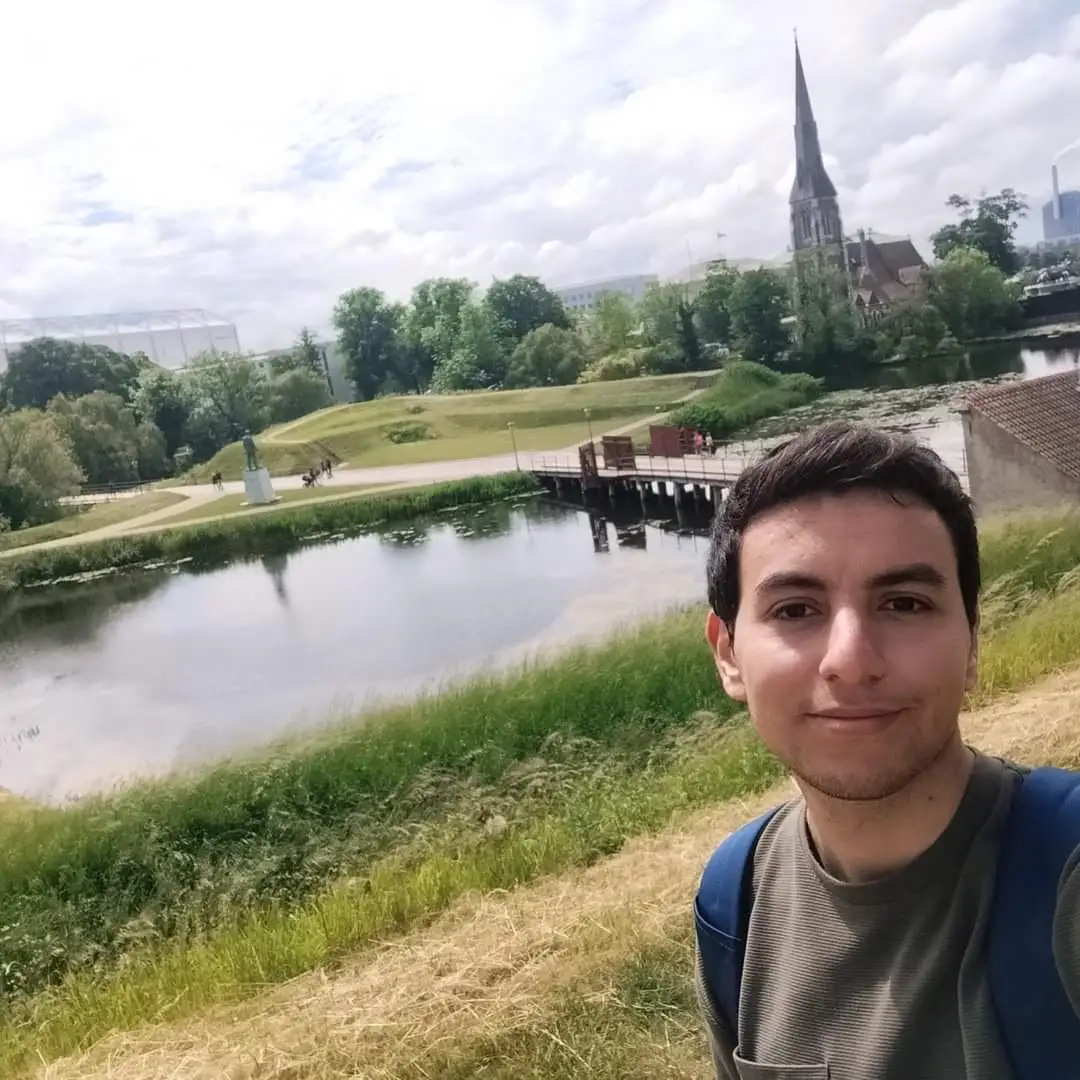
Implemented multi-objective optimization algorithms (NSGA-II) for railway power system design. The project models battery capacity and power threshold parameters while minimizing voltage drops. The solution uses Monte Carlo simulation and Pareto-optimal analysis to enable data-driven decisions for complex power distribution systems.
Implemented a comprehensive camera calibration pipeline to determine intrinsic parameters (matrix K) using manual focus techniques. Developed algorithms for homography calculations, camera pose estimation, and tracking of visual primitives. The project includes detailed error analysis with visualization through error curves and histograms.
Designed and implemented an advanced AI strategy for the Sevens card game using C++17 with dynamic library loading. The strategy analyzes game state, opponent behavior patterns, and probability distributions to make optimal moves. It outperforms baseline implementations (random and greedy approaches) in tournament play through efficient memory management and optimization techniques.
This project is a steganography tool that hides data in images using the Least Significant Bit (LSB) algorithm. It consists of a C program for encoding and decoding messages and a Flask-based web application for a user-friendly interface (hosted on Google Cloud)...
On Air: STEAGNOO -- C --
My goal throw this project is to go from a research paper (Siamese Neural Networks for One-shot Image Recognition) all the way to a complete functionning application for Facial Recognition...
The purpose of this project is to demonstrate a minimalistic neural network implementation for recognizing handwritten digits. It serves as an educational example for those, like me, are interested in understanding the core concepts of neural networks and deep learning. It is coded just using basic Linear Algebra without using any ML framework....
I implemented the CORDIC Algorithm on a Digilent Nexys 2 FPGA development board using a hardware description language (VHDL).
I used the SDL library to animate the resolution of the very famous Hanoi Tower problem solved recursively in C ...
